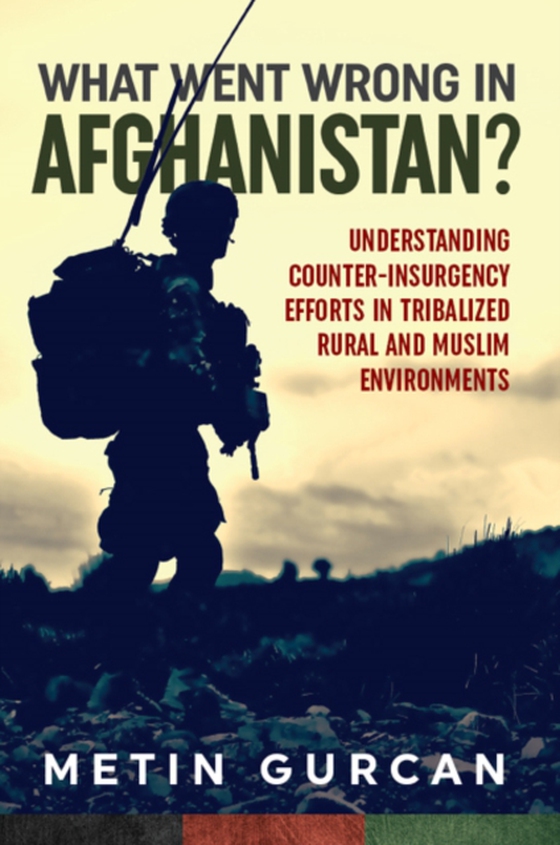
What Went Wrong in Afghanistan? e-bog
127,71 DKK
(inkl. moms 159,64 DKK)
Since 20 December 2001 - the date which marked the authorization of the International Security Assistance Force (ISAF) to assist the Afghan Government - hundreds of thousands of coalition soldiers from around 50 different states have physically been and served in Afghanistan. Roughly 20 rotation periods have been experienced; billions of US dollars have been spent; and almost 3,500 coalition so...
E-bog
127,71 DKK
Forlag
Helion and Company
Udgivet
19 august 2016
Længde
120 sider
Genrer
BGHA
Sprog
English
Format
pdf
Beskyttelse
LCP
ISBN
9781911096849
Since 20 December 2001 - the date which marked the authorization of the International Security Assistance Force (ISAF) to assist the Afghan Government - hundreds of thousands of coalition soldiers from around 50 different states have physically been and served in Afghanistan. Roughly 20 rotation periods have been experienced; billions of US dollars have been spent; and almost 3,500 coalition soldiers and 7,400 Afghani security personnel have fallen for Afghanistan. In this badly-managed success story, the true determiner of both tactical outcomes on the ground and strategic results was always the tribal and rural parts of Muslim-populated Afghanistan. Although there has emerged a vast literature on counterinsurgency theories and tactics, we still lack reliable information about the motivations and aspirations of the residents of Tribalised Rural Muslim Environments (TRMEs) that make up most of Afghanistan. The aim of this book is to describe some on-the-ground problems of counterinsurgency (COIN) efforts in TRMEs - specifically in rural Afghanistan - and then to propose how these efforts might be improved. Along the way, it will be necessary to challenge many current assumptions about the conduct of counterinsurgency in Afghanistan. Most generally, the book will show how counterinsurgency succeeds or fails at the local level (at the level of tactical decisions by small-unit leaders) and that these decisions cannot be successful without understanding the culture and perspective of those who live in TRMEs. Although engaging issues of culture, the author is not an anthropologist or an academic of any kind. He is a Muslim who spent his childhood in a TRME - a remote village in Turkey - and he offers his observations on the basis of 15 years' worth of field experience as a Turkish Special Forces officer serving in rural Iraq, Turkey, Kazakhstan, Kyrgyzstan and Afghanistan. Cultures in these areas are not the same, but there are sufficient similarities to suggest some overall characteristics of TRMEs and some general problems of COIN efforts in these environments. In summary, this book not only challenges some of the fundamentals of traditional counterinsurgency wisdom and emphasizes the importance of the tactical level - a rarely-studied field from the COIN perspective - but also blends the firsthand field experiences of the author with deep analyses. In this sense, it is not solely an autobiography, but something much more.
 Dansk
Dansk

